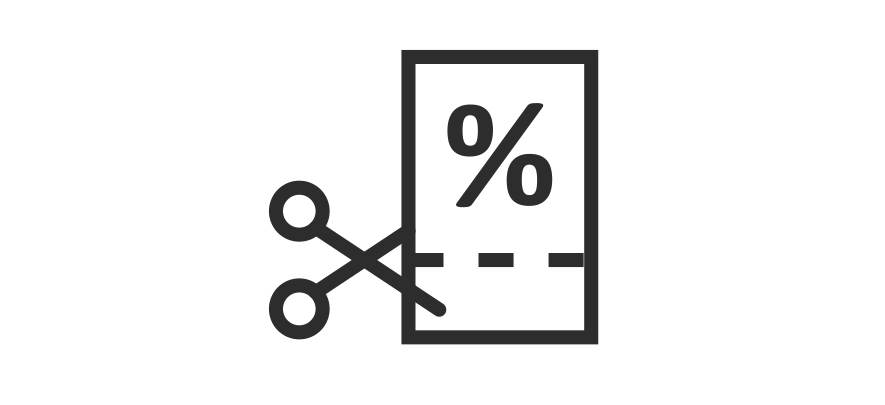COVID-19 impact: Impact of the RBI rescue measure

பொருளாதாரம்
251 வாரத்திற்கு முன்பு — 3 நிமிடம் படிக்க
With COVID-19 disrupting life-as-usual, the RBI Governor, Shaktikanta Das, in a welcome move, cut key policy rates and also announced some moratoriums. This move is sure to help the liquidity conditions in the economy.
With recession looming ahead in the wake of the COVID-19 pandemic, most central banks across the globe have announced rate cuts in a bid to stave of recession. The RBI has followed suit by cutting the repo rate and reserve repo rate by 75 basis points and 90 bps, respectively (100 basis points/bps = 1 per cent). The repo rate now stands at 4.4 per cent and reserve repo rate at 4 per.
What are the ramifications of the changes announced by RBI?
- RBI has eased the working capital financing by changing the credit terms.
- The RBI has allowed deferment for interest payments for all working capital loans taken by businesses. This will be applicable in respect of all working capital facilities outstanding as on March 1, 2020. The accumulated interest for the period will need to be paid after the expiry of the deferment period.
- RBI has announced moratorium on any loan classified as term loans. In case an SME has taken loan for a project, and if the bank is convinced that the SME not in a position to pay the EMIs, he can get a 3 month deferment.
- Moratorium/deferment will not be treated as change in terms and conditions of loan agreements and will not result in asset classification downgrade.
- It has allowed the lending institutions to recalculate the drawing power of the SME/ borrower by reducing margins or reassessing the working capital cycle of the SME/borrowers. These changes are proposed to help the SME/borrowers to safely come out of the COVID-19 situation.
- These concessions will not be treated as “concessions granted due to financial difficulties of the borrower” and will also not result in “asset classification downgrade”. This will not be reported as a default to the credit information companies (CICs) by lending institutions.
- The cuts in repo and reserve repo rates are also positive for equity investors, with market sentiments slated to improve.
- The cut will bring in a reprieve to borrowers with a likely reduction in the EMIs
- The downside is reduction of interest rates for fixed deposits with interest income likely to fall further.
Source: RBI Press Release | ET Online
Image source: shutterstock.com
To explore business opportunities, link with me by clicking on the 'Invite' button on my eBiz Card.
Disclaimer: The views and opinions expressed in this article are those of the author and do not necessarily reflect the views, official policy or position of GlobalLinker.
Barsha இன் சுயவிவரத்தை காண்க
Barsha Chatterjee எழுதப்பட்ட பிற கட்டுரைகள்
Driving growth advantage for auto OEM manufacturers: Wadhwani Advantage
247 வாரத்திற்கு முன்பு
How is the real estate sector impacted by COVID-19
250 வாரத்திற்கு முன்பு
இந்த வாரம் அதிகம் படித்தது
டிரெண்டிங்
The Art & Science of People Pleasing in Retail
Retail 3 மணிநேரம் முன்பு
Entrepreneurship 2 நாட்களுக்கு முன்பு












கருத்துகள்
தயவு செய்து உள்நுழைய அல்லது பதிவு விவாதத்தில் சேர